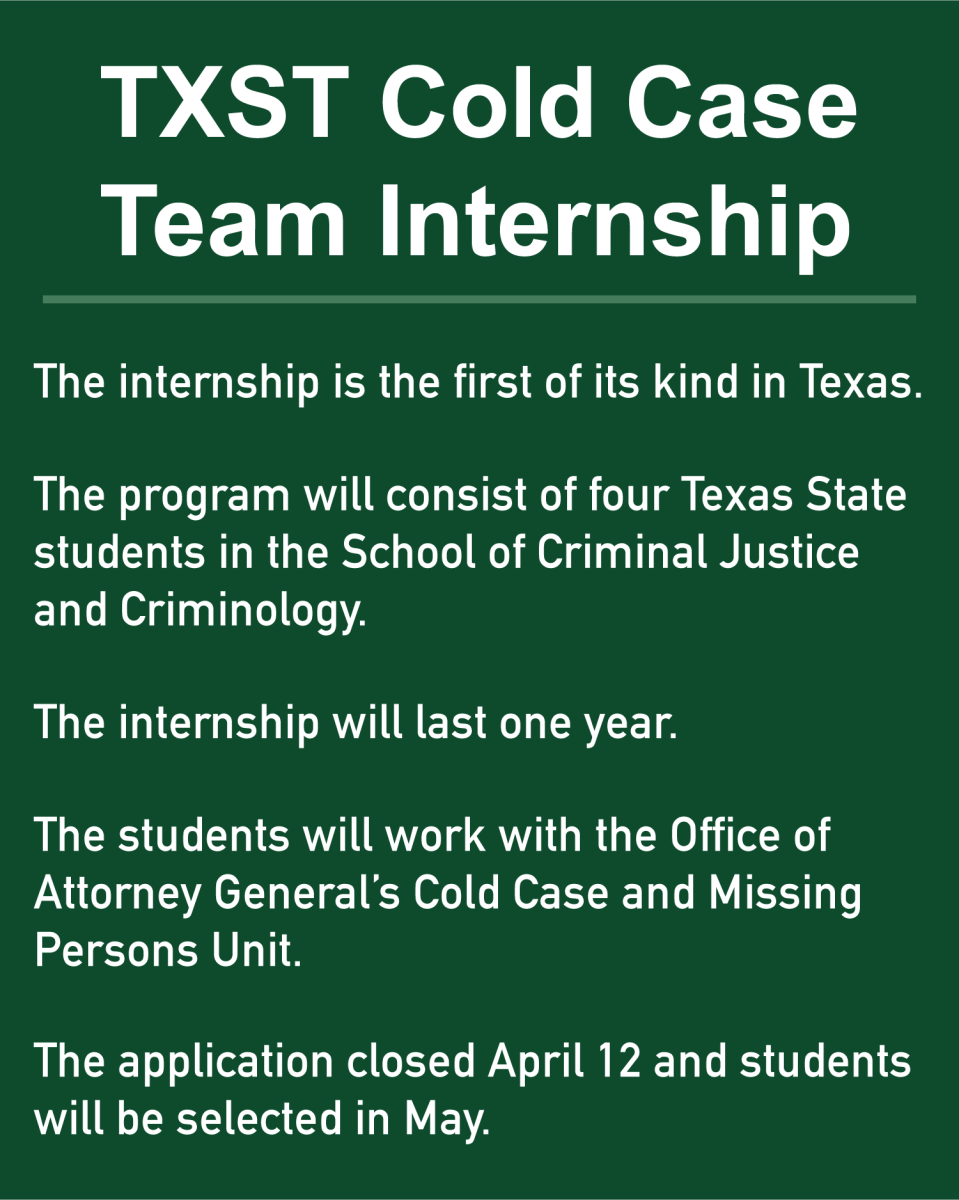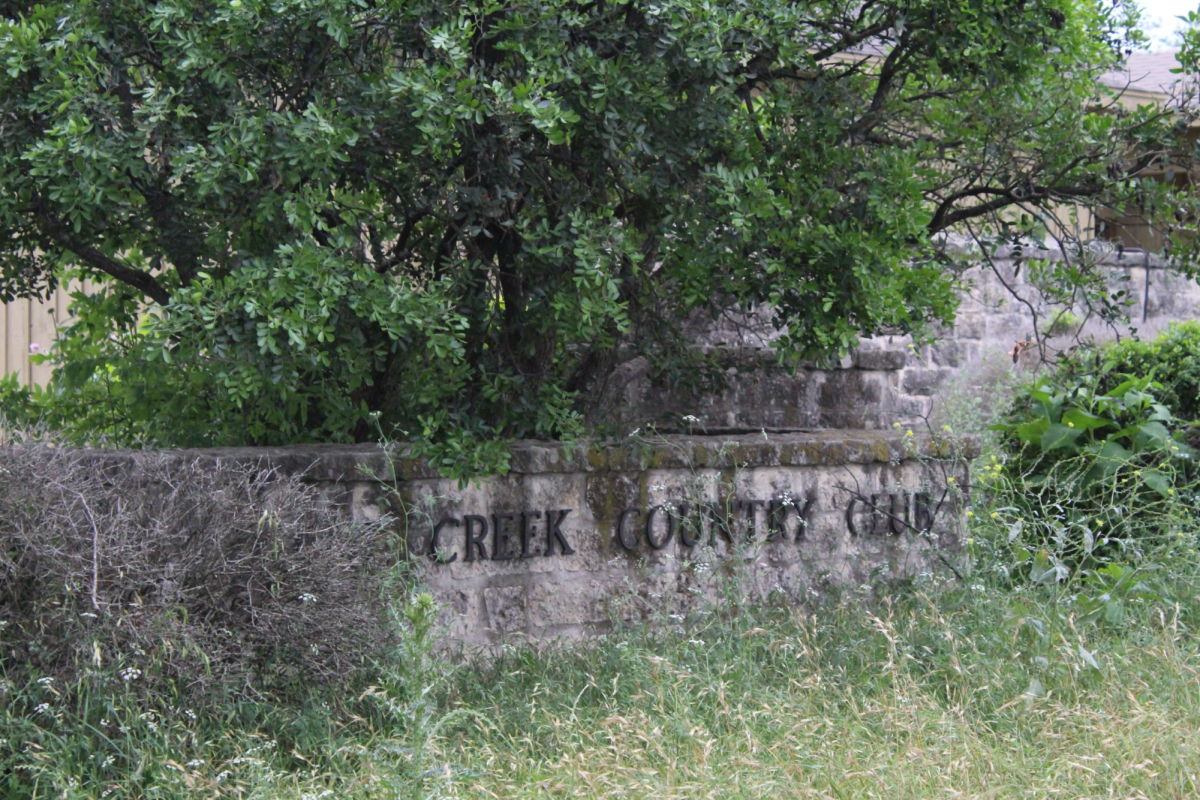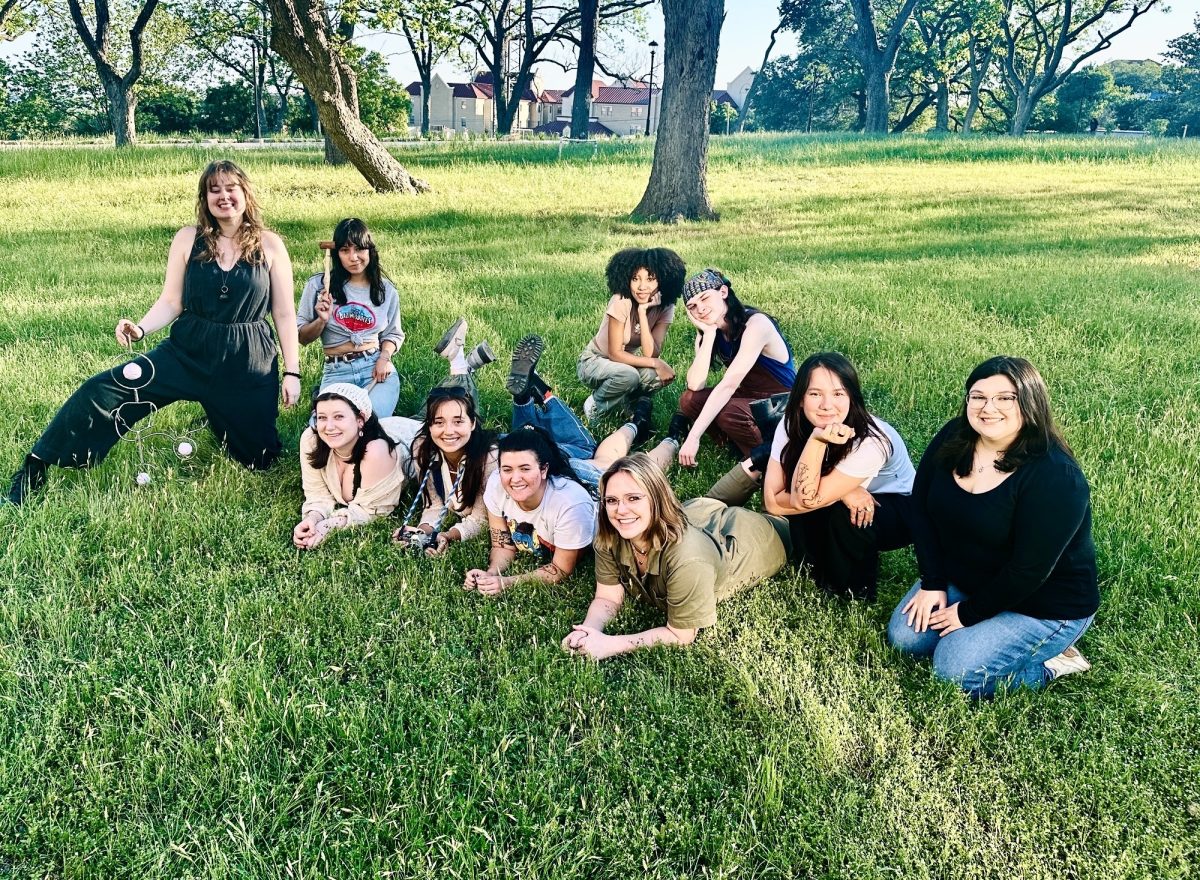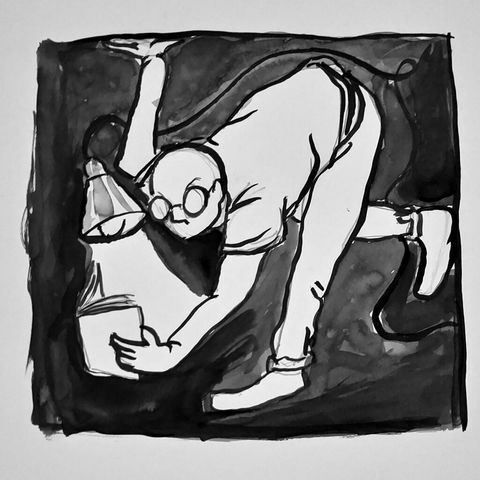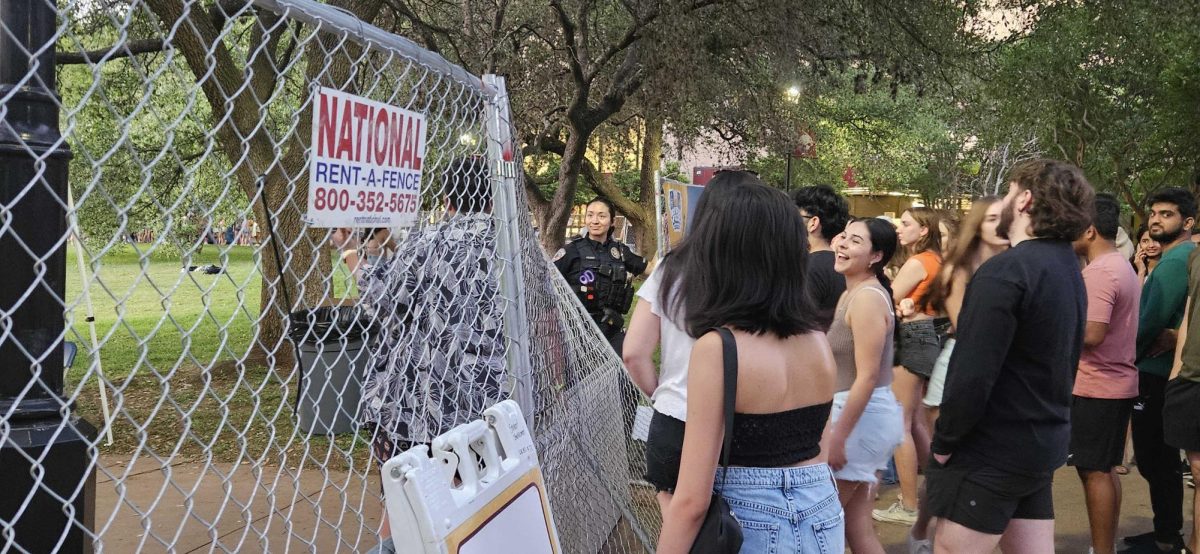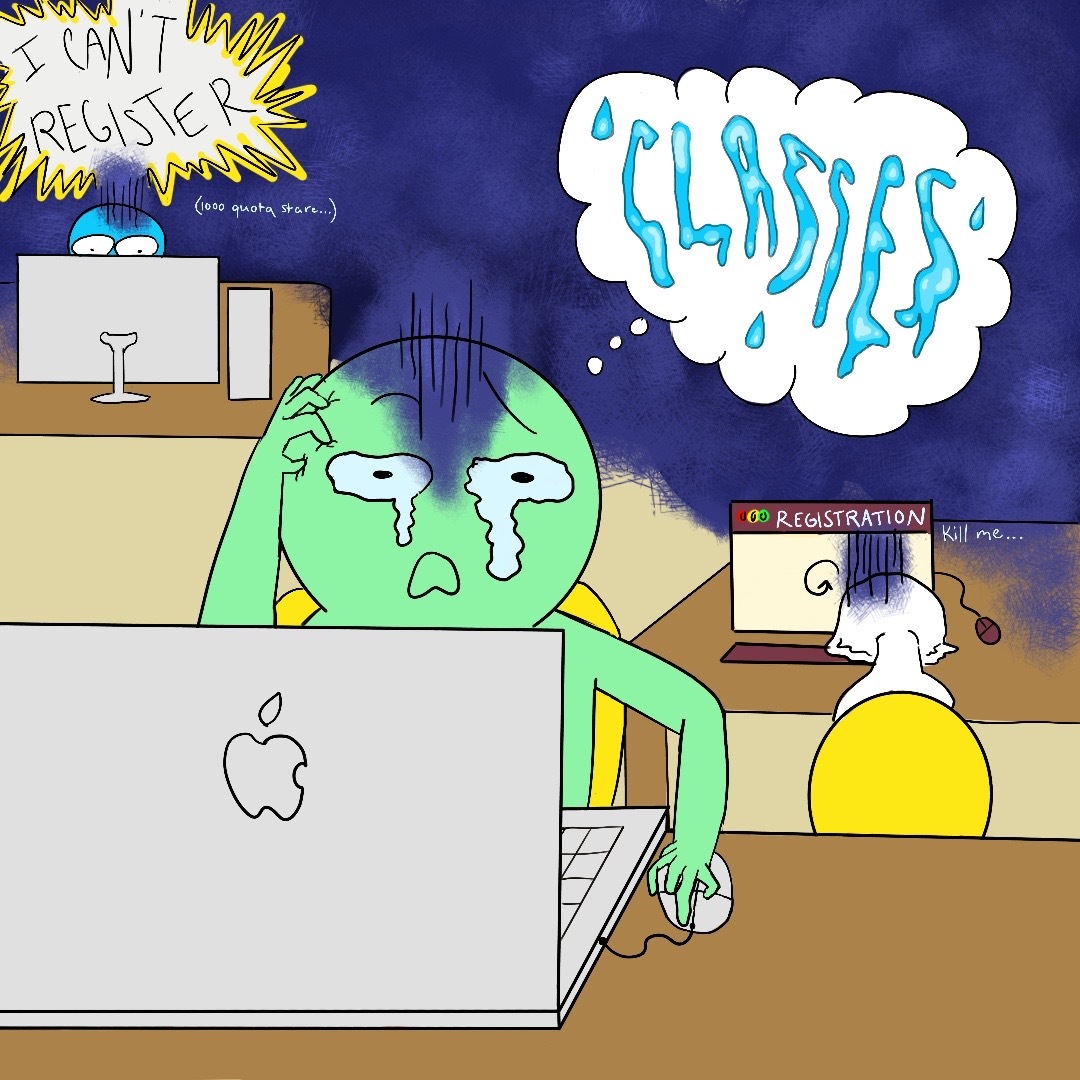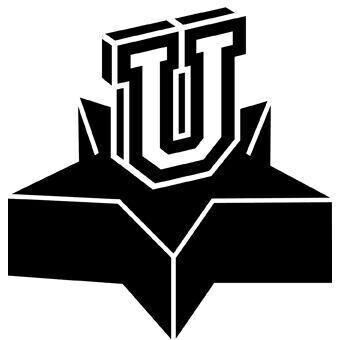Every year, hundreds of starry-eyed new students flock to San Marcos in hopes of beginning their academic journey at the well-renowned Texas State University, and certainly with good reason. Texas State is a relatively affordable place to seek an education, ranking among the top 40 most affordable colleges in Texas.
The university is often touted as rich in diversity and encouraging of free speech. It would be easy to feel as if one was invited to a space where they feel comfortable or represented. How interesting then, that many student residents that are already here find themselves not able to find a home on campus. Many begin to quickly discover that space here, is quite the commodity.
What began like most, as a university of humble origins, numbering about 300 when it first opened in the early 20th century has expediently grown to become the fifth largest university in the state. And the student enrollment currently shows no sign of declining anytime soon. Looking a bit more closely, the university has hit record-breaking numbers for attendance every year consecutively since 2000, growing at a steady rate of 4 percent.
This is usually a very positive figure, as it indicates that this university is seen as a very desirable place to attend for a great many making that high school to college transition. The matter only begins to become more complicated when we take the how much room we truly have into consideration. With a student population nearing 40,000, it is almost comparable to massive schools such as University of Houston (with an approximate population of 42,000) or the University of Texas at Austin (with an approximate population of 50,000).
This overcrowding can be observed through the bus shuttle system for example, where students find themselves having to cram among themselves just to get to campus, or perhaps just having to wait for a shuttle with more availability. Housing is another beast. With only about 7,000 beds in student housing versus the roughly 39,000 students enrolled since last fall, this leaves a great deal of students that must be turned away to find housing elsewhere—about 80 percent to be exact.
Perhaps in all of its accessibility and accolades, Texas State has simply grown too fast for its own good. At least in the way that infrastructure is currently being handled. Taking a university of its size and filling it with a student body the size of most larger scale universities is bound to bring its fair share of issues.
To make matters more complicated, this also contributes to the gentrification issue when it comes to the local area. With increasingly greater numbers of students filing in, the area becomes more and more unaffordable for the longtime residents who already live here.
There have been accounts of friction between existing residents and current students in the past. Police would receive a number of residential complaints of students overcrowding a street. And though the university has made efforts improve these relations between the students and the residents, it has been remarked by the city and police department liaison Lisa Dvorak this friction is something that simply cannot be eliminated.
San Marcos is a relatively small town and with this many incoming students, there needs to be room made to serve them. It is unfortunate but current reality all students are contributing to.
This is not to say however that this is an issue without a solution. San Marcos property developer John Meeks suggests that the answer to the growing student population is student housing development with more of a focus on high density. As well as positioning near campus. The high density, while perhaps a bit less extravagant, would be a more space effective solution until another remedy can be figured out. And the near campus positioning would alleviate the issue of high volume traffic, especially for a town of this size.
The other suggested solution is that for a shift in budget allocation. Research and academic space certainly remain important to the health and growth of the university, especially as a research institution. However, it would be egregious for this to come at the expense of either the student body or the local residents. The residents are the spirit of this environment and the students are the lifeblood of the university. The needs of these two should arguably come first as a priority. And from there the university can be better served.
With each semester, the issues stemming from unaddressed growth become more pressing. While it is certainly a work in progress, we must only acknowledge that this is a matter of chief precedence and seek to meet the needs of our students and concerns of our residents.
– James Debbah is a digital media innovation junior

